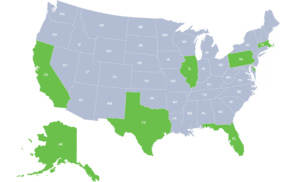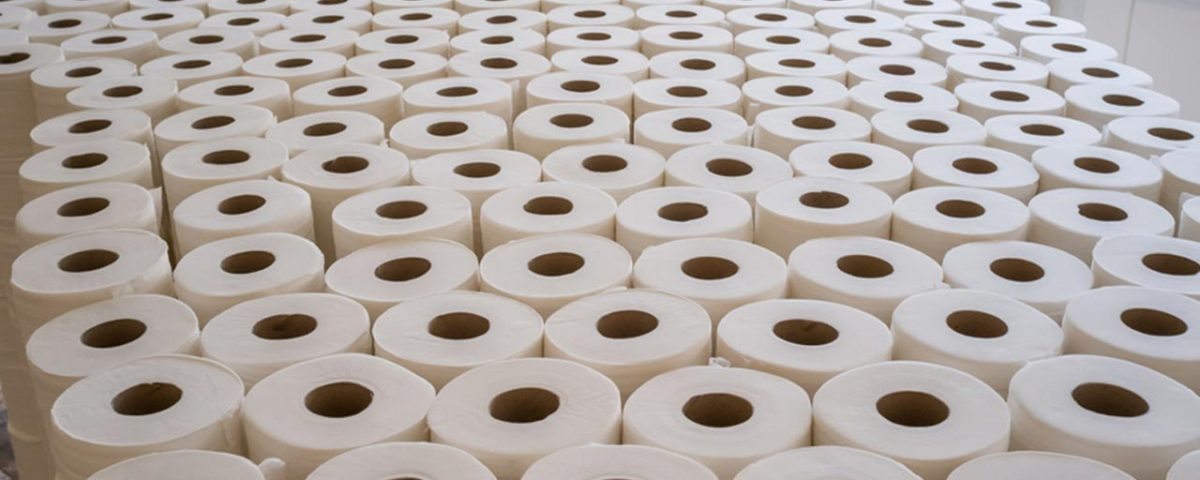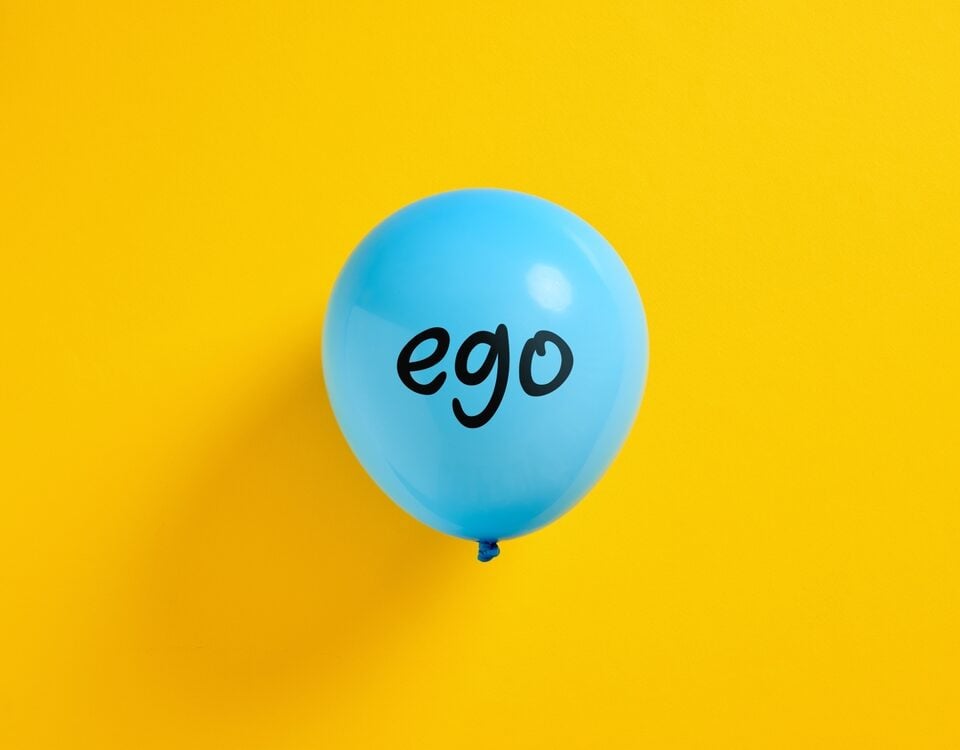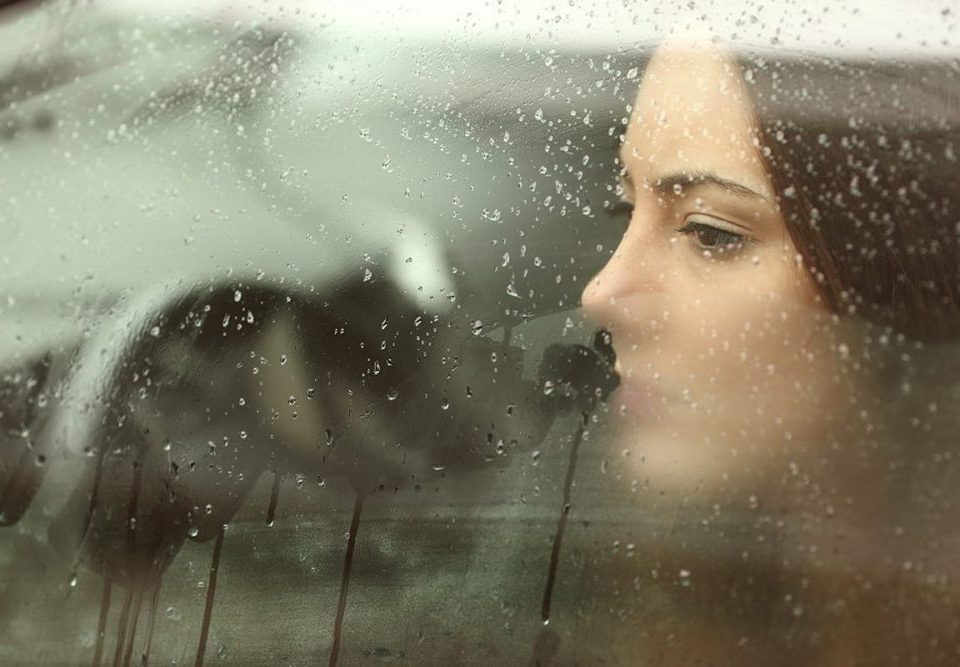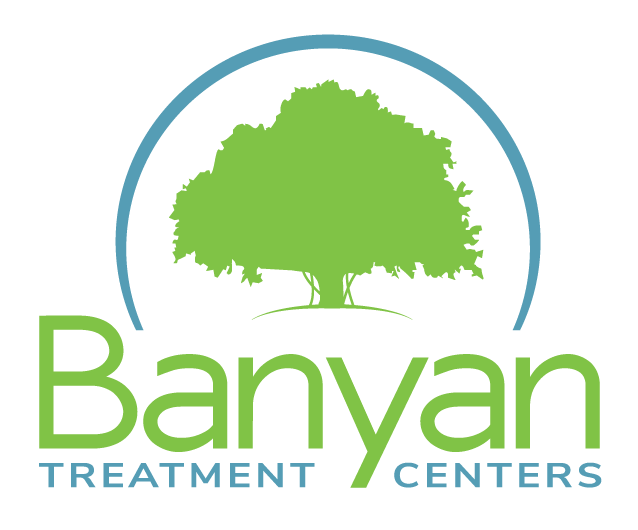Obsessive-compulsive disorder (OCD) is a psychiatric disorder associated with uncontrollable, recurring thoughts (obsessions) and behaviors (compulsions) that an individual feels the urge to repeat over and over. Compulsions are usually performed in an attempt to alleviate the anxiety linked to obsessions, but this relief is usually temporary. While you may have heard of contamination OCD (the fear of being dirty), did you know there’s also a link between OCD and hoarding?
What is Hoarding Disorder?
Also known as compulsive collector syndrome, hoarding disorder is a psychological disorder in which the person experiences a persistent difficulty in throwing out or parting with possessions because of a perceived need to save them. A person with hoarding disorder or a hoarder experiences distress at the thought of getting rid of their items. As a result, excessive accumulation of possessions, regardless of their actual value, occurs.
If you’ve ever seen the show Hoarders on A&E, then you probably have a good idea of what the living space of a hoarder looks like. People with hoarding disorder tend to live in cramped conditions. Their homes may be filled to the ceiling with only narrow, winding pathways through stacks of clutter to get around.
Countertops, bathrooms, sinks, desks, stairways, and any other spaces or surfaces available in the home of a hoarder are usually piled with stuff. And when there’s no more space inside the home, the clutter usually spreads to the back and front yards, garage, vehicles, and storage facilities.
Hoarding disorder can range from mild to severe. While hoarding disorder may not impact the lives of some people much, in other cases, it can impair a person’s ability to function daily. Despite any obvious
problems caused by hoarding, many people with hoarding disorder may not see it as a problem. They often need mental health treatment to help them change their beliefs and behaviors, so they can live safer and more enjoyable lives.
Early Warning Signs of Hoarding
Getting and saving excessive amounts of things, gradually building up clutter in living spaces, and struggling to discard things, are some of the most common early hoarding symptoms and signs. Hoarding disorder usually surfaces during teenage to early adult years and progressively worsens without treatment.
As the person gets older, they typically begin to hoard things they don’t have any immediate need for or sufficient space to hold. By middle age, symptoms of hoarding are often the most severe. Problems with hoarding develop over time and tend to be a private behavior. It’s not until the clutter builds up and affects the person’s well-being that it’s noticed.
Common signs and symptoms of hoarding disorder include:
- Excessively acquiring things the person has no space or immediate need for
- Persistent difficulty throwing out or parting with things, regardless of their actual value
- Feeling a need to save everything and being upset at the thought of having to give or throw them away
- Building up clutter to the point where space becomes unusable or unlivable
- Showing tendencies of indecisiveness, perfectionism, avoidance of others, procrastination, and difficulty planning or organizing
- Disorganized piles or stacks of things like magazines, books, clothes, house décor, paperwork, or sentimental items
- Buildup of food or trash to excessive and unsanitary degrees
- Possessions that clutter walking spaces and living areas to the point where they become unusable, such as not being able to cook in the kitchen or bathe in the bathroom
- Conflict with others who try to reduce or remove any clutter from the home
- Difficulty organizing their items and sometimes losing important things in the clutter
- Feeling safer when surrounded by things they save
- They don’t want to waste anything and will go out of their way to save everything they can
People with hoarding disorder tend to hoard things like:
- Items that they believe are unique or will be needed in the future
- Items that have sentimental or emotional importance (these usually serve as a reminder of people or pets)
- Items that are still in their bags from the store or still have price tags on them
- Books
- Newspapers and magazines
- Kitchen and cookware
- House decor
- Furniture
- Clothes
- Outdoor items
- Tools
- Animals
Hoarding disorder isn’t the same as collecting something. Collectors tend to have a niche they focus on, such as collecting coins. They deliberately search for specific items, categorize them, and carefully display them in their collections. Although collections can be large, they’re usually contained in one space, well organized, and don’t cause distress or disrupt a person’s ability to carry out their daily tasks.
What Is the Link Between OCD & Hoarding Disorder?
Obsessive-compulsive disorder and hoarding are linked because a person with OCD may feel the compulsion to own a certain possession to help ease their obsession, like someone with hoarding disorder. In other words, people with OCD and hoarding disorder comorbidity may feel the compulsive need to keep “stuff” to manage upsetting and intrusive thoughts.
Distress can also occur in both types of individuals when these items are removed or threatened to be removed and if they can’t continue to obtain and store the items they desire. Keeping excess possessions eventually becomes a way to temporarily ease the anxiety caused by intrusive thoughts. However, the relief usually only lasts until the next obsession takes hold, and the cycle begins again.
People who suffer from hoarding disorder but don’t show signs of OCD may be reluctant to part with their things for other reasons, such as the belief they might need it one day or because the item has sentimental value. In some cases, hoarders don’t realize how harmful their behavior is to themselves and others.
Treatment for OCD and Hoarding Disorder
Treatment for hoarding disorder requires professional support. Because hoarding tends to fall under the category of OCD, one of the most efficient ways to treat both hoarding disorder and OCD is with cognitive-behavioral therapy (CBT).
CBT helps clients understand the negative thoughts that lead them to hoarding behaviors and how to challenge them. With the guidance of our mental health specialists, clients can address the underlying contributing factors to their disorders and learn how to manage their symptoms appropriately.
For more information about the mental health and addiction treatment programs offered at our Pompano rehab center, call Banyan Treatment Center today at 888-280-4763.
Related Reading:
Religious OCD: A Tough Cross to Carry
Relationship Between OCD and Addiction


